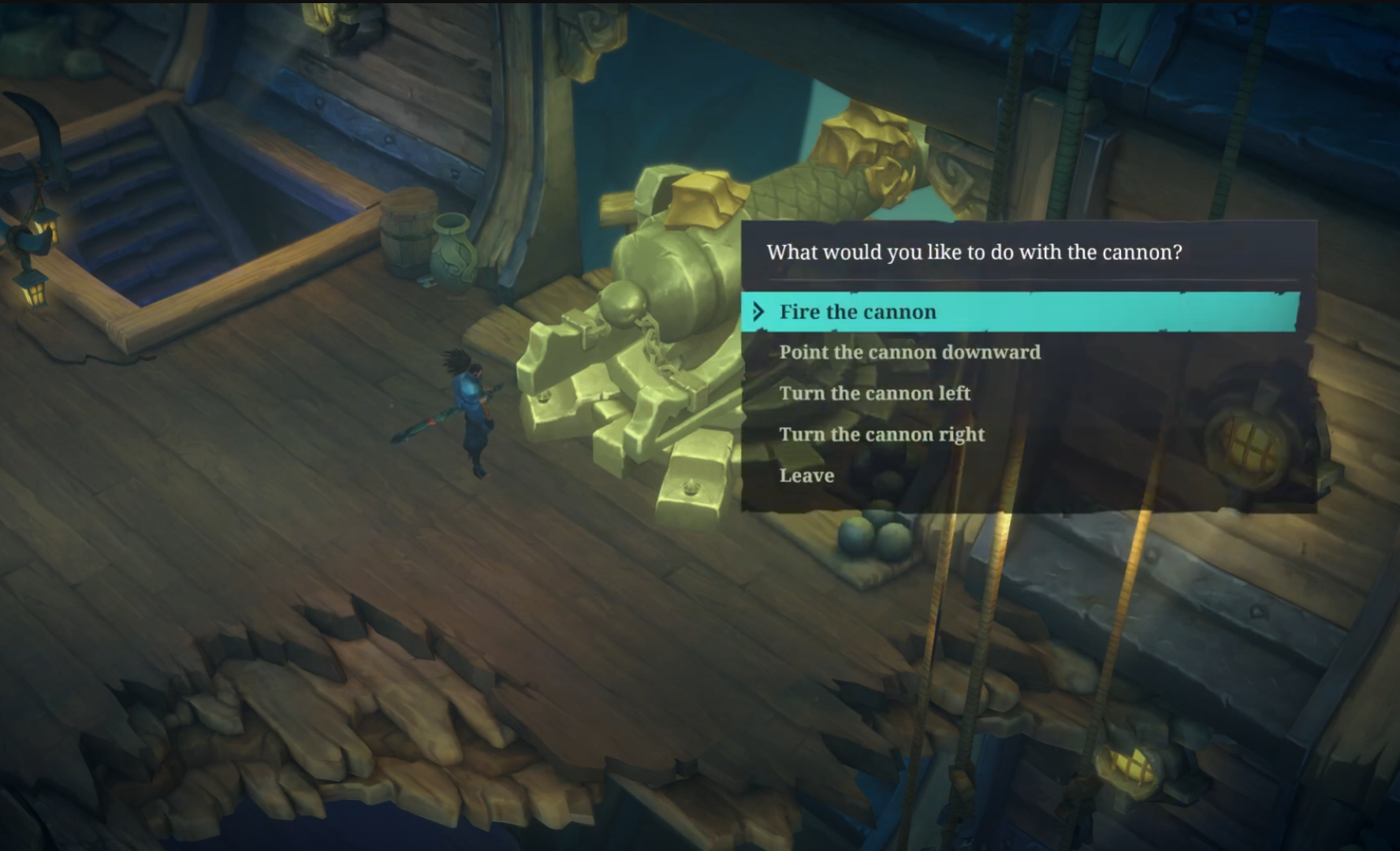Make it stand out

About the Project
Hired by Riot to make a JRPG in the world of Runeterra using characters from League of Legends
Did Level Design for several major areas and dungeons in the game
Scripted events in dungeons and major story in-game cutscenes
Concepted, wrote, and implemented several quests
What Is a Good Puzzle?
A good puzzle is one that you look at and think you know how it works, but then it turns out you’re wrong. That’s the important part. You need to actually feel like you knew what you were doing, but then realize that you don’t. Then you take a step back and really start paying attention to what the purpose of each component of the thing is.
A good puzzle clearly presents all of its elements, and their purpose doesn’t need much explaining. A good puzzle makes the player feel accomplished but not frustrated. A good puzzle might require you to undo your progress to make more progress. A good puzzle might have an optional, more difficult extra credit solution. A good puzzle is difficult to accidentally solve.
Every puzzle doesn’t need all of these things, and there’s places for puzzles that really aren’t much of a puzzle, just a distraction. In Ruined king, the purpose of a puzzle is to reduce fatigue from the core gameplay loop of combat. Give your mind a break from one task and do another. There’s a lot of value in a palate cleanser.
Puzzles start at 3:20 in the vid

Level Design
Purification Temple
An oversimplified map to demonstrate flow, players follow a linear path until they clearly see the objective they need to complete to proceed, then choose how to complete it.
It gives a sense of agency while also being clear about what you need to progress. Backtrack doors minimize walking once you’re done with a wing.
Narrative Design
Legendary Characters
A Shady World
Bilgewater is full of people that you can’t trust. And, as expected, they betray you any chance they get.
We all understand that developers need to reward players and guide them using conceits, but I always find it more interesting when games have characters with their own agendas, and that they are not there just to serve the player and move them forward.
If a character’s goals happen to align with the player’s, great. Otherwise, it feels better to me that there at least a few self-serving people the player comes across in a game, and even better is if it’s not a perfectly clear answer of who is good or not.
Characters aren’t just voice boxes to convey world-building. To really get a sense of a character, you have to show how they feel about other people. And sometimes, you might not agree with them.
The limitation to this style of narrative is since we used established characters, we couldn’t give the player that much choice in how a character would react since they weren’t a stand-in for the player. They would be playing out how that character responds to the world.
As long as it felt true to the character, it was authentic, and therefore meaningful.
An Interactive World
In this event, the player aims a cannon, and whenever they fire it, the game flips to another screen to witness the results.
They can destroy a boulder blocking the main path, and even target a bird’s nest.
I was honestly shocked at how gleeful playtesters were at firing a cannon at a helpless bird’s nest.
Then again, I’m the one that put it there for them to fire at.






